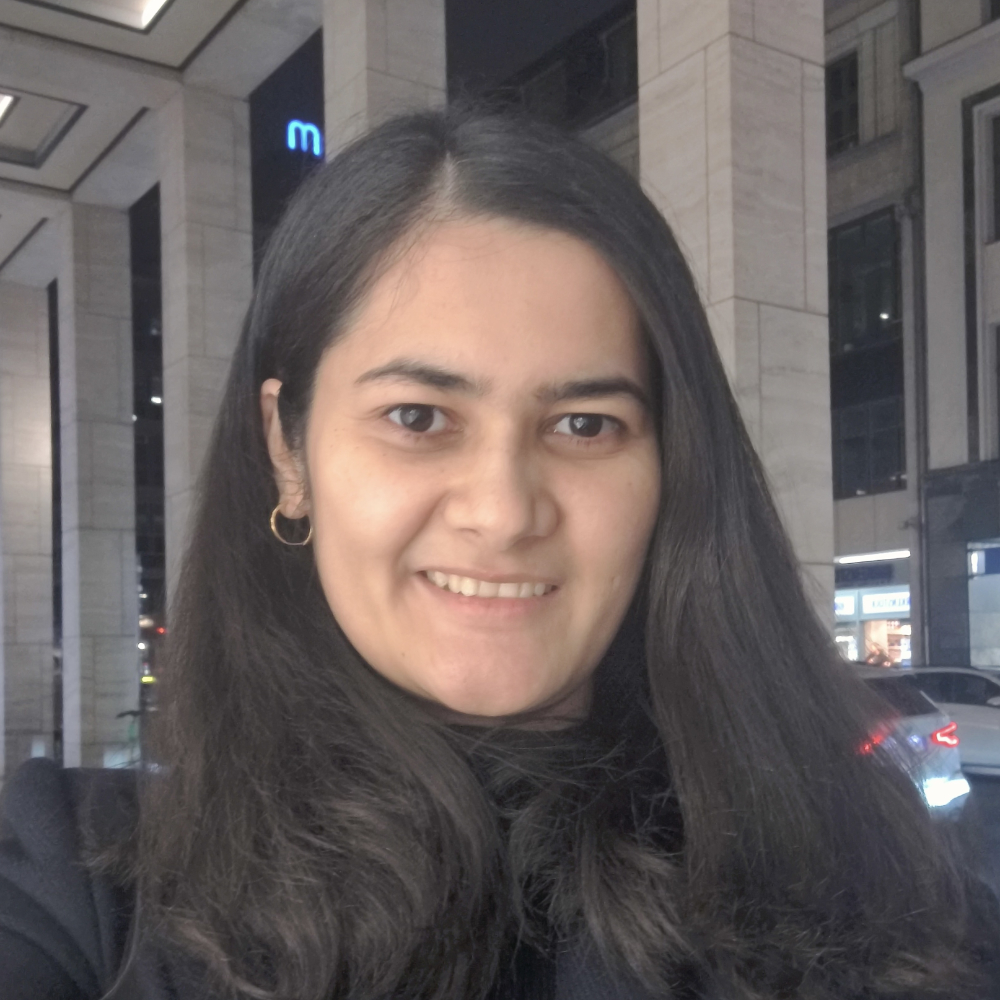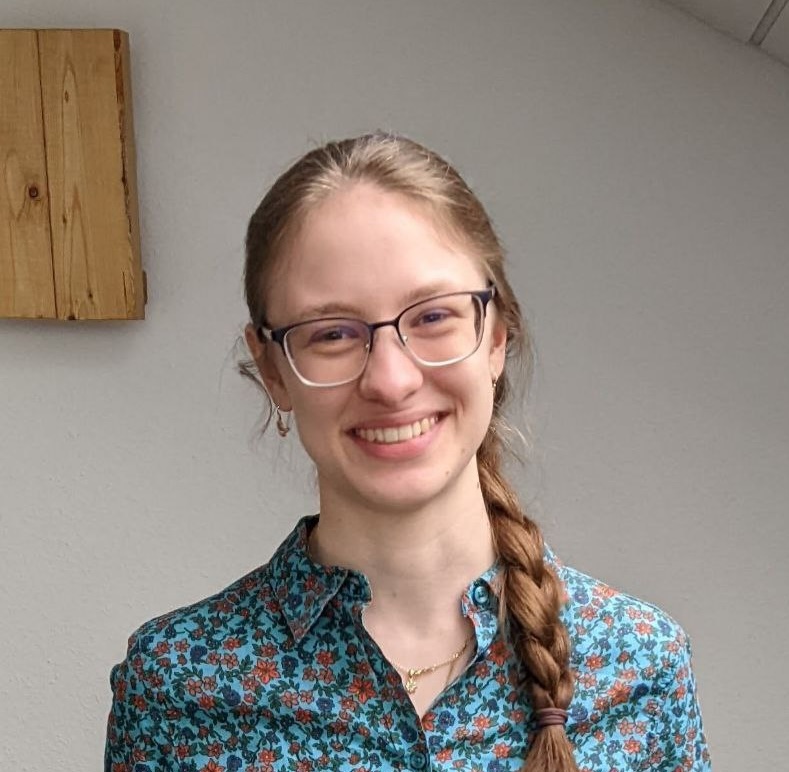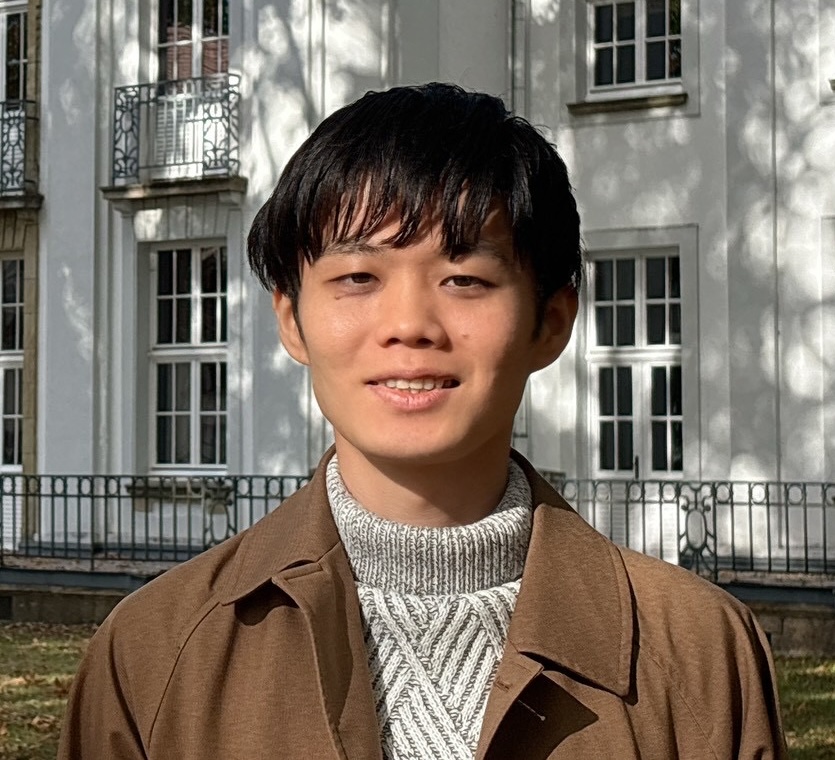Research group at Hamburg Observatory
Emmy Noether Research Group
I am building a new research group at Hamburg Observatory focused on the formation of structures in the early Universe, specifically we aim to understand the emergence of quasars - active growing supermassive black holes. In order to expand the quasar redshift frontier and build statistical samples at Cosmic Dawn, we are using wide-area surveys in concert with large ground-based and space-borne observatories to conduct spectroscopic identification campaigns and multi-wavelength follow-up observations. The quasar selection strategies employ machine-learning methods on large astronomical data sets. Follow-up observations are reduced using state-of-the-art astronomical data reduction software and analysed using modern statistical inference techniques.
In this context group members use and are trained in the following skills to conduct their research:
- spectroscopic data reduction
- large-scale data analysis
- machine-learning methods
- robust statistical inference techniques
- software development (Python 3)
Positions
At this point I am offering no PhD or Postdoc position in my group.
Group members
 |
Dr. Jan-Torge Schindler (Group leader) | |
 |
Dr. Francesco Guarneri (Postdoctoral Researcher) Francesco is leading the high redshift quasar search efforts with Euclid mission data. He is using machine learning models (e.g., XGBoost) to select quasar candidates in Euclid data. The training set for the selection is built from synthethic quasar spectra, that were generated using a generative machine learning model (Variational Auto Encoder) we are developing in the group. |
|
 |
Radha Gharapurkar (Ph.D. student) Radha's current work focuses on the demographics of luminous quasars at redshifts z~3.5 to z~6. Based on a large (58) sample of near-infrared spectroscopy of extremely luminous quasars, she is studying their physical properties (e.g., black hole mass, accretion rate) to derive the black hole mass function at z~3.5. Extending this work to z~6 will allow her to study the evolution of the quasar population over the first billion years of the Universe. |
|
 |
Katharina Jurk (Ph.D. student) Katharina's current project is embedded in the collaborative work around the JWST Treasury Program COSMOS-3D. She is working with JWST/NIRCam wide field slitless spectroscopy to provide a census of galaxies and faint active galactic nuclei at high redshift. The project aims to map the growth of galaxie and supermassive black holes in the early Universe. |
|
 |
Tatsuyuki Sekine (Ph.D. student) Tatsuyuki works at the intersection of machine learning and astronomy. He is developing and applying modern machine learning algorithms in order to discover high-redshift quasars using the Euclid Wide Survey. |
|
 |
Violet Moore (M.Sc. student) Violet is a first year Master of Physics student at Hamburg University. She has started a project to develop a database for high redshift quasars and AGN. The database will include source properties (e.g., redshift, luminosity, emission line properties) and will be used to study the demographics of high redshift accreting supermassive black holes. |
|
 |
Arthur Lawrenz (M.Sc. student) Arthur's Masters project explores the use of self-supervised representation learning applied to 1D spectroscopic data. In this context he is adapting the "Bootstrap Your Own Latent" (BYOL) algorithm. One aim of this project is to identify outliers/anomalies in quasar spectra to support the development of new quasar training sets. |
|
 |
Lea Trahmer (B.Sc. student) Lea's thesis project focuses on the radio properties of extremely luminous quasars. She is investigating the shapes of the radio spectral energy distributions in a sample of 58 quasars at redshift z~3.5 using data from different radio surveys (e.g., LOFAR, FIRST, VLASS). |
|
Fromer group members
 |
Niklas Knop (B.Sc. student) In his Bachelor thesis Niklas looked for quasars with similar properties to J0100+2802, the most luminous quasar known at z~6.3. He used the spectra of SDSS quasars to identify low-redshift analogues and evaluate claims of lensing magnification in the J0100+2802 spectrum. |
|